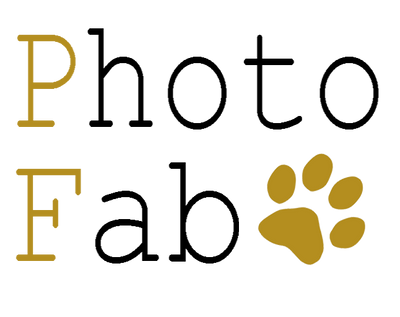How “PHOTO FAB” is made
“Is it possible to express this delicate weaving technique in a form other than a necktie?”
The opportunity to start Photofab was when I approached Mr. Daito, an old friend of Kyoto's long-established Nishijin textile manufacturer, for advice.
Opportunities to take photos of pets such as beloved dogs have also increased with the spread of smartphones. I want to preserve photos full of love in a special way.
With this in mind, I wondered if it would be possible to combine this technique with Nishijin-ori and commercialize it. I started formulating a plan.
Is it possible to provide traditional Japanese industry in a way that can be enjoyed at home?
As a result of engineers' daily research and repeated trial production, the image quality capture technology has improved, and it is now possible to express even complex colors and textures.
Nishijin-ori, which is made by weaving silk threads at high density, is characterized by precision rather than speed. We carefully weave each weave, weave by weave, finely.
The range of color expression has also expanded, and research has been carried out to create a wide variety of colors by combining multiple colored threads.
Unlike computer looms, which weave fabrics such as curtain patterns, rapier looms create patterns by intertwining warp and weft threads.
Veteran technicians finely adjust the warp and weft threads to create a profound work that takes advantage of the luster of the silk, which is different from the photo.

Founded in 4th year of Keio, at the end of the Edo period.
Daito, a long-established weaver with a history of over 150 years (Image: Daito Co., Ltd. around 1990)

Nishijin-ori rapier loom. It is carefully maintained every day, and the fabric is woven while making rhythmic sounds.

A spinning machine that gives you a sense of history.
The dyed thread is wound up so that it can be hung on the loom.

The wound silk thread is stored on wooden shelves in the thread warehouse, waiting for its turn.


![[Photo Fab] Let's make a one-of-a-kind photo fabric using Kyoto's traditional silk weaving!](http://photofab-shop.com/cdn/shop/files/fb-1.jpg?v=1721868361&width=1200)
![[Photo Fab] Let's make a one-of-a-kind photo fabric using Kyoto's traditional silk weaving!](http://photofab-shop.com/cdn/shop/files/fb-2_3adad787-47a3-4b52-a389-49420c420390.jpg?v=1721950072&width=1200)
![[Photo Fab] Let's make a one-of-a-kind photo fabric using Kyoto's traditional silk weaving!](http://photofab-shop.com/cdn/shop/files/fb-ac-1.jpg?v=1721803579&width=1200)
![[Photo Fab] Let's make a one-of-a-kind photo fabric using Kyoto's traditional silk weaving!](http://photofab-shop.com/cdn/shop/files/fb-ac-2.jpg?v=1721880468&width=1200)